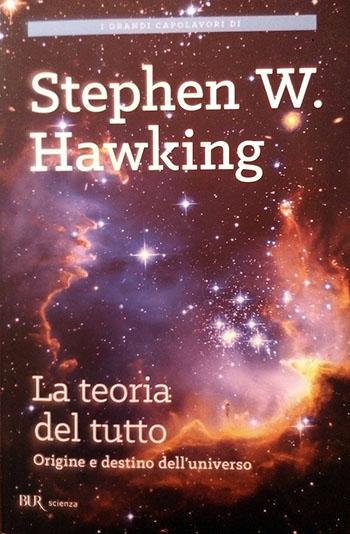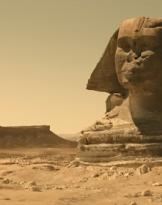If I have to tell the whole truth I prefer simple things. But let's go back to the book and its author.
Stephen Hawking is a British physicist and mathematician, famous above all for his studies of astrophysics and black holes in particular. In his long career he has collected many awards and, in his book he often says: "when the black holes are identified I will win the Nobel". The nobel is not yet among his recognitions and yet black holes are spoken everywhere!
The book is interesting, organized on seven "lessons" of increasing difficulty that follow the history of the main theories that deal with the universe.
In the first lesson entitled "Ideas on the Universe" the author makes a quick historical excursus of these theories, starting from De Caelo of Aristotle, passing through Ptolemy, Copernicus, Galileo, Kepler, Newton, Bentley, Olbers and Hubble with the discovery of the Red Shift.
The second lesson. the expanding universe, exposes us the theories following the discovery of the phenomenon of red shift with the problems that this phenomenon poses to the scientific community. Is the universe infinite or infinite? Fridman's models are also explained and we talk about the big bang.
In the third lesson the author tackles his workhorse: black holes. Hypothetical stellar structures mentioned for the first time in the 1783 by Professor John Michell who suggested to a colleague that the speed of escape from a star could be even higher than the speed of light which, translated for all means that the light of a very massive star could not being able to get away from its surface and therefore where there should be a very luminous massive body you can not see anything at all.
The fourth chapter tells of the fact that if it is true that light can not get away from the surface of the star, some types of radiation seem to be able to do it. This is because we have identified different objects called quasars (almost stars) that emit large amounts of radiation. Naturally the astrophysicists have tried, and still try, to find explanations using the theories at their disposal and trying to combine them or make them evolve to explain phenomena detected but still not perfectly understood.
The last three lessons go in the direction of trying to include all the phenomena recorded in a theory of all that can explain everything.
I think that's enough, so I wish you a good read.
Alessandro Rugolo












